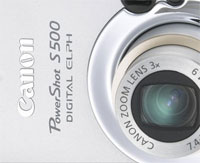
On Photocritic, I don’t generally bother talking too much about equipment, unless I’m particularly excited about something. My approach towards photography is that a good photographer can take good pictures with bad equipment. A bad photographer can only take mediocre photos with good equipment. In other words: If your technical skills and photographic insight aren’t up to scratch, you’ve already lost the game: No amount of equipment can save you.
Nevertheless, I often get comments and e-mails asking about what type of equipment I use. It’s an interesting question, but asked wrongly. My equipment list is boring. The argumentation for choosing each of these pieces of equipment is what is interesting, because it might help you pick which lens or gadget you buy next!
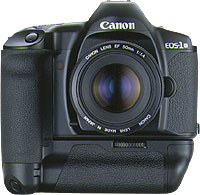 Throughout my photographic history, I’ve had a lot of different cameras. I started with a Canon A-1 SLR (which I still have!), and then went through a series of exciting cameras. I had a Canon RS, which used to be the fastest camera Canon ever made. I had a Canon EOS 1Nhs, which was pretty damn quick as well. Then I went digital, and had a D60, 10D, 20D, 300D, and now I’m on a 30D. Why such a quick succession? Well, I used to work as a photographer, and cameras get used a lot. They get bumped into things, they get dropped, and the shutter mechanism gets slack after taking tens of thousands of photos. Also, I’m a gadgets nut, and I love playing with a new camera. Sure, there are no massive differences between the D60, 10D, 20D and 30D, but for every upgrade, there was a little bit more speed, a few new toys, and they just got better and better.
Throughout my photographic history, I’ve had a lot of different cameras. I started with a Canon A-1 SLR (which I still have!), and then went through a series of exciting cameras. I had a Canon RS, which used to be the fastest camera Canon ever made. I had a Canon EOS 1Nhs, which was pretty damn quick as well. Then I went digital, and had a D60, 10D, 20D, 300D, and now I’m on a 30D. Why such a quick succession? Well, I used to work as a photographer, and cameras get used a lot. They get bumped into things, they get dropped, and the shutter mechanism gets slack after taking tens of thousands of photos. Also, I’m a gadgets nut, and I love playing with a new camera. Sure, there are no massive differences between the D60, 10D, 20D and 30D, but for every upgrade, there was a little bit more speed, a few new toys, and they just got better and better.
So why do I use a 30D now, rather than, say, a 400D or a 5D? The simple answer is cost and timing. I love the fact that Canon brought out the 300/350/400 cameras, because they bring photography to the masses. I genuinely believe that every aspiring photographer should be able to afford a digital SLR, because it’s the single best purchase you can make. It doesn’t matter if it’s Canon, Nikon, or one of the other brands. It doesn’t matter if it’s the bottom of the line model. By their very nature, dSLR cameras are unlikely to be the bottleneck of your photography skills. Lenses, flash guns, studio equipment, and all that might be, but especially as you’re first starting out, it doesn’t really matter.
Personally, I’m a right clumsy git, so I decided to invest a little bit more money to get the 30D. When I was in the market for a camera again around the same time as when my book deal came through, the 30D just started to become available. I like its bigger screen than the 20D, and I like the fact that it’s sturdy, rugged, and looks like it can take a battering. Because I no longer work as a professional photographer, I take a lot fewer photos (and my stuff is no longer insured against any damage, so I take better care of it too), so in retrospect the 30D is probably a bit over-kill: I could have easily done with a 400D. My main argument for it now isn’t that it’s stronger and faster, but that it’s heavier. I’ve got huge hands and I’m not very good at holding stuff still, so a heavier camera is rather useful in that respect.
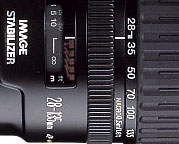 The first lens I bought for my kit was the 28-105 f/3.5 zoom from Canon. It is a decent lens, but in retrospect, I regretted buying it. I quickly replaced it with the 28-135 f/3.5 image stabilized lens. When I go travelling and have to pick a single lens, is the lens that gets to go on adventure with me. It’s wide enough to be useful for most landscape stuff, and zooms in far enough to be good for portraiture, wildlife, and all that. It’s also a macro lens, and it works surprisingly well at taking photos up close, too. It’s not a cheap lens, and it’s not all that sharp either, but it has a special place in my heart nonetheless…
The first lens I bought for my kit was the 28-105 f/3.5 zoom from Canon. It is a decent lens, but in retrospect, I regretted buying it. I quickly replaced it with the 28-135 f/3.5 image stabilized lens. When I go travelling and have to pick a single lens, is the lens that gets to go on adventure with me. It’s wide enough to be useful for most landscape stuff, and zooms in far enough to be good for portraiture, wildlife, and all that. It’s also a macro lens, and it works surprisingly well at taking photos up close, too. It’s not a cheap lens, and it’s not all that sharp either, but it has a special place in my heart nonetheless…
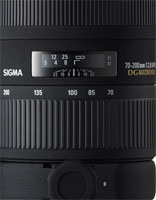 The next lens I bought was a 70-200 f/2.8 EX APO lens from Sigma. It’s bloody expensive, but it’s also one of the best lenses I own. Because it stays at f/2.8 throughout its zoom range (in general, zoom lenses that have the same aperture throughout their zoom range are of better quality for reasons that are slightly beyond this write-up, I’ll do that one as a separate article some day), you get a long lens that’s perfect for concert photography. Which, incidentally, is why I bought it. (more about concert photography here and here). The lens is quite heavy, but it’s really sharp, handles well, has a fantastic bokeh, and is great for all sorts of sneaky photography.
The next lens I bought was a 70-200 f/2.8 EX APO lens from Sigma. It’s bloody expensive, but it’s also one of the best lenses I own. Because it stays at f/2.8 throughout its zoom range (in general, zoom lenses that have the same aperture throughout their zoom range are of better quality for reasons that are slightly beyond this write-up, I’ll do that one as a separate article some day), you get a long lens that’s perfect for concert photography. Which, incidentally, is why I bought it. (more about concert photography here and here). The lens is quite heavy, but it’s really sharp, handles well, has a fantastic bokeh, and is great for all sorts of sneaky photography.
For work, I started doing a great deal of interior photography, and needed to go wider than the 28mm afforded by my other lenses. With my recent success with the Sigma lens, I decided to go with the Sigma 17-35mm f/2.8-4.0 lens. It’s a peach, what else can I say.
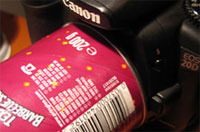 Other stuff in my kit bag is the Lensbaby lens, which I’ve fallen completely in love with (as explained at great length here), a 50mm f/1.8 mk1 prime (as rambled about here), my home-made macro extension tube, and a Canon 135mm f/2.8 Soft Focus lens, which I to this date haven’t quite figured out how to use. Sure, it’s a great prime lens, but the soft focus bit is an absolute mystery to me.
Other stuff in my kit bag is the Lensbaby lens, which I’ve fallen completely in love with (as explained at great length here), a 50mm f/1.8 mk1 prime (as rambled about here), my home-made macro extension tube, and a Canon 135mm f/2.8 Soft Focus lens, which I to this date haven’t quite figured out how to use. Sure, it’s a great prime lens, but the soft focus bit is an absolute mystery to me.
 For parties, going out, and all that sort of stuff, I keep a nifty little Canon Digital Elph S500 handy, too. The battery life of it is absolutely amazing, and the lens is spot-on. Sharp and reasonably fast. The camera itself is virtually indestructable, too (I’ve dropped it more often than I care to remember, but its metal casing really holds its own), and it’s small enough to carry around everywhere.
For parties, going out, and all that sort of stuff, I keep a nifty little Canon Digital Elph S500 handy, too. The battery life of it is absolutely amazing, and the lens is spot-on. Sharp and reasonably fast. The camera itself is virtually indestructable, too (I’ve dropped it more often than I care to remember, but its metal casing really holds its own), and it’s small enough to carry around everywhere.
My final gadgets are a Slik tripod, a standard Canon Speedlite 420 flash gun (my 550s kept breaking or getting stolen, it seems as if the 420 agrees with me better — knock on wood), and a LowePro Stealth Tracker photography backpack to lug it all around.
The last piece of kit worth mentioning is my Apple dual G5 2.0 Ghz with a 19″ Eizo flatscreen TFT monitor and Photoshop CS2. It’s not strictly photo gear, but I couldn’t be a photographer without it, so it obviously belongs in this list :)
So, where do I go from here? I’m currently drooling over the Canon 100mm f/2.8 Macro lens, as based on my experiences, and those of many of my friends, it’s supposedly one of the sharpest and best prime lenses out there. The fact that it’s a perfect focal length for portraiture, the fact that it’s a magnificent macro lens, and the fact that it’s not actually that expensive for what you’re getting, means that I have to fight hard to keep my credit card in my pocket. Must… save… up… money…
So, enough about me. What’s in your kit bag? Why? And what is your next purchase?
Do you enjoy a smattering of random photography links? Well, squire, I welcome thee to join me on Twitter -
© Kamps Consulting Ltd. This article is licenced for use on Pixiq only. Please do not reproduce wholly or in part without a license. More info.







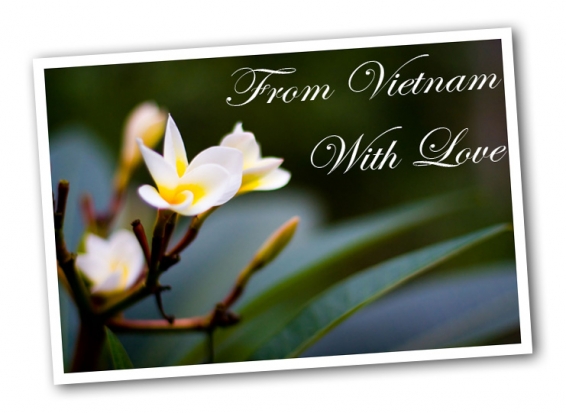



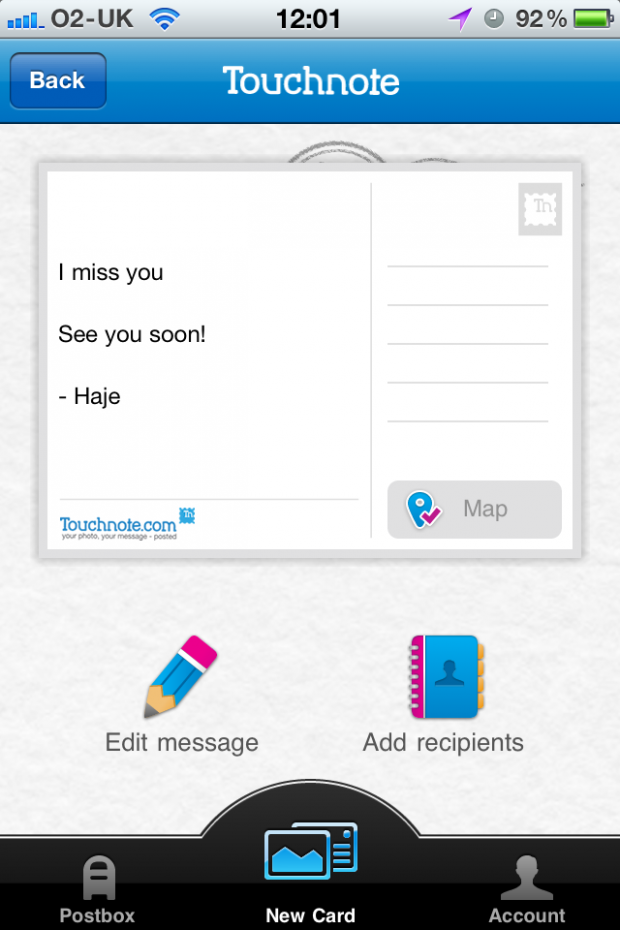








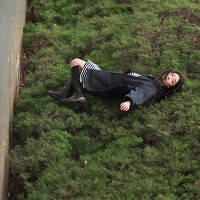
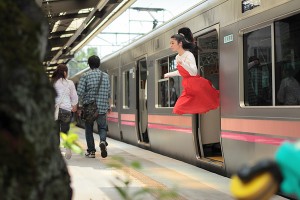

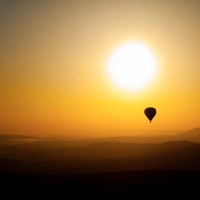
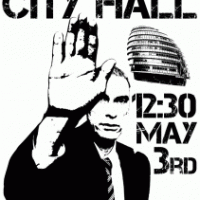


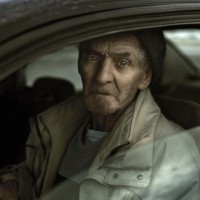
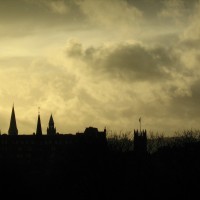
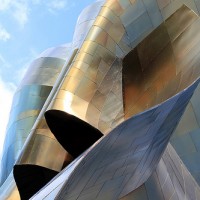
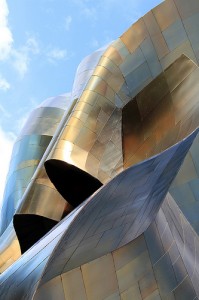
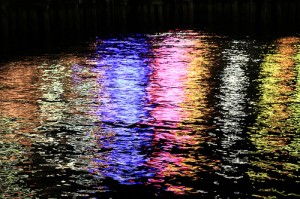
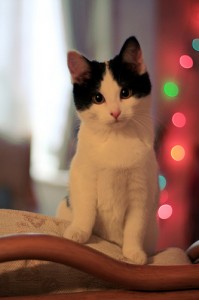

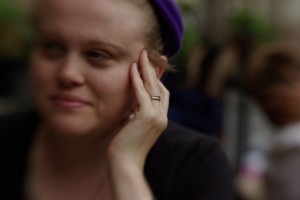
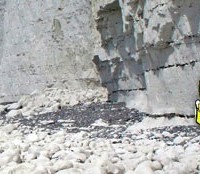

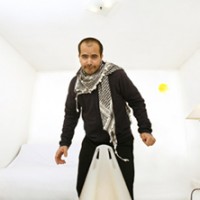
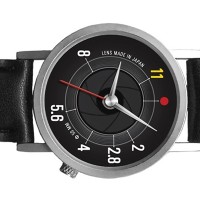


 Throughout my photographic history, I’ve had a lot of different cameras. I started with a Canon A-1 SLR (which I still have!), and then went through a series of exciting cameras. I had a Canon RS, which used to be the fastest camera Canon ever made. I had a Canon EOS 1Nhs, which was pretty damn quick as well. Then I went digital, and had a D60, 10D, 20D, 300D, and now I’m on a 30D. Why such a quick succession? Well, I used to work as a photographer, and cameras get used a lot. They get bumped into things, they get dropped, and the shutter mechanism gets slack after taking tens of thousands of photos. Also, I’m a gadgets nut, and I love playing with a new camera. Sure, there are no massive differences between the D60, 10D, 20D and 30D, but for every upgrade, there was a little bit more speed, a few new toys, and they just got better and better.
Throughout my photographic history, I’ve had a lot of different cameras. I started with a Canon A-1 SLR (which I still have!), and then went through a series of exciting cameras. I had a Canon RS, which used to be the fastest camera Canon ever made. I had a Canon EOS 1Nhs, which was pretty damn quick as well. Then I went digital, and had a D60, 10D, 20D, 300D, and now I’m on a 30D. Why such a quick succession? Well, I used to work as a photographer, and cameras get used a lot. They get bumped into things, they get dropped, and the shutter mechanism gets slack after taking tens of thousands of photos. Also, I’m a gadgets nut, and I love playing with a new camera. Sure, there are no massive differences between the D60, 10D, 20D and 30D, but for every upgrade, there was a little bit more speed, a few new toys, and they just got better and better. The first lens I bought for my kit was the 28-105 f/3.5 zoom from Canon. It is a decent lens, but in retrospect, I regretted buying it. I quickly replaced it with the 28-135 f/3.5 image stabilized lens. When I go travelling and have to pick a single lens, is the lens that gets to go on adventure with me. It’s wide enough to be useful for most landscape stuff, and zooms in far enough to be good for portraiture, wildlife, and all that. It’s also a macro lens, and it works surprisingly well at taking photos up close, too. It’s not a cheap lens, and it’s not all that sharp either, but it has a special place in my heart nonetheless…
The first lens I bought for my kit was the 28-105 f/3.5 zoom from Canon. It is a decent lens, but in retrospect, I regretted buying it. I quickly replaced it with the 28-135 f/3.5 image stabilized lens. When I go travelling and have to pick a single lens, is the lens that gets to go on adventure with me. It’s wide enough to be useful for most landscape stuff, and zooms in far enough to be good for portraiture, wildlife, and all that. It’s also a macro lens, and it works surprisingly well at taking photos up close, too. It’s not a cheap lens, and it’s not all that sharp either, but it has a special place in my heart nonetheless… The next lens I bought was a 70-200 f/2.8 EX APO lens from Sigma. It’s bloody expensive, but it’s also one of the best lenses I own. Because it stays at f/2.8 throughout its zoom range (in general, zoom lenses that have the same aperture throughout their zoom range are of better quality for reasons that are slightly beyond this write-up, I’ll do that one as a separate article some day), you get a long lens that’s perfect for concert photography. Which, incidentally, is why I bought it. (more about concert photography
The next lens I bought was a 70-200 f/2.8 EX APO lens from Sigma. It’s bloody expensive, but it’s also one of the best lenses I own. Because it stays at f/2.8 throughout its zoom range (in general, zoom lenses that have the same aperture throughout their zoom range are of better quality for reasons that are slightly beyond this write-up, I’ll do that one as a separate article some day), you get a long lens that’s perfect for concert photography. Which, incidentally, is why I bought it. (more about concert photography  Other stuff in my kit bag is the Lensbaby lens, which I’ve fallen completely in love with (as explained
Other stuff in my kit bag is the Lensbaby lens, which I’ve fallen completely in love with (as explained 
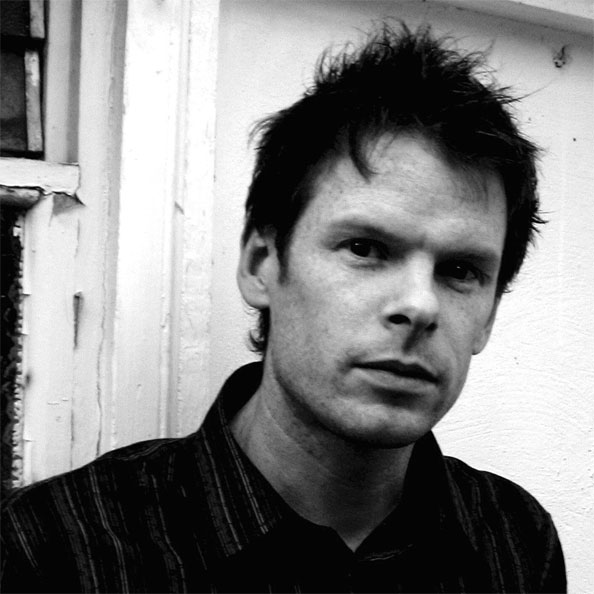
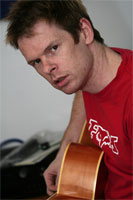 The first proper portrait I did was April this year. The friend in question was highly suspicious of my abilities, hugely hungover and rather lined and crumpled (he used to smoke 20 a day and had recently given up). I only had a compact digital camera with me at the time and the light was fading rapidly. I put it into sepia and made it look old fashioned because he’d insisted he didn’t want to look ginger on it, the awkward bastard. He was actually quite chuffed with his portrait and has merrily posted it on websites to show people. More importantly though, it stands as a record of how crumpled he actually was, and now, 9 months on, I’ve taken some more photos where he looks a lot less crumpled and he’s pretty pleased about this. This is what giving up smoking does for you.
The first proper portrait I did was April this year. The friend in question was highly suspicious of my abilities, hugely hungover and rather lined and crumpled (he used to smoke 20 a day and had recently given up). I only had a compact digital camera with me at the time and the light was fading rapidly. I put it into sepia and made it look old fashioned because he’d insisted he didn’t want to look ginger on it, the awkward bastard. He was actually quite chuffed with his portrait and has merrily posted it on websites to show people. More importantly though, it stands as a record of how crumpled he actually was, and now, 9 months on, I’ve taken some more photos where he looks a lot less crumpled and he’s pretty pleased about this. This is what giving up smoking does for you.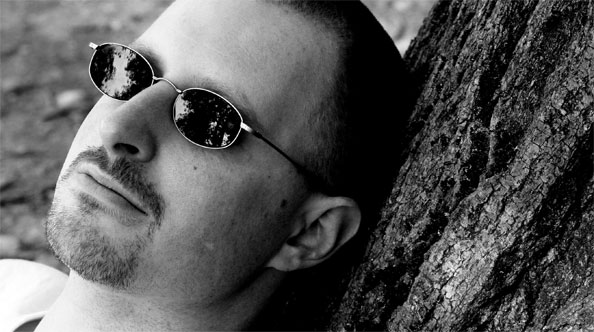
 There was a point to this post (I’ll get there in the end, honestly) and it was that as Christmas has just been and gone there are a lot of people out there who have been let loose with new cameras, or new lenses for old cameras. Basically, the world is not a safe place right now if you’re nervous about having your photo taken. However, for all those new camera owners, you might get a photo worth sticking on your wall if you try out these five things:
There was a point to this post (I’ll get there in the end, honestly) and it was that as Christmas has just been and gone there are a lot of people out there who have been let loose with new cameras, or new lenses for old cameras. Basically, the world is not a safe place right now if you’re nervous about having your photo taken. However, for all those new camera owners, you might get a photo worth sticking on your wall if you try out these five things: